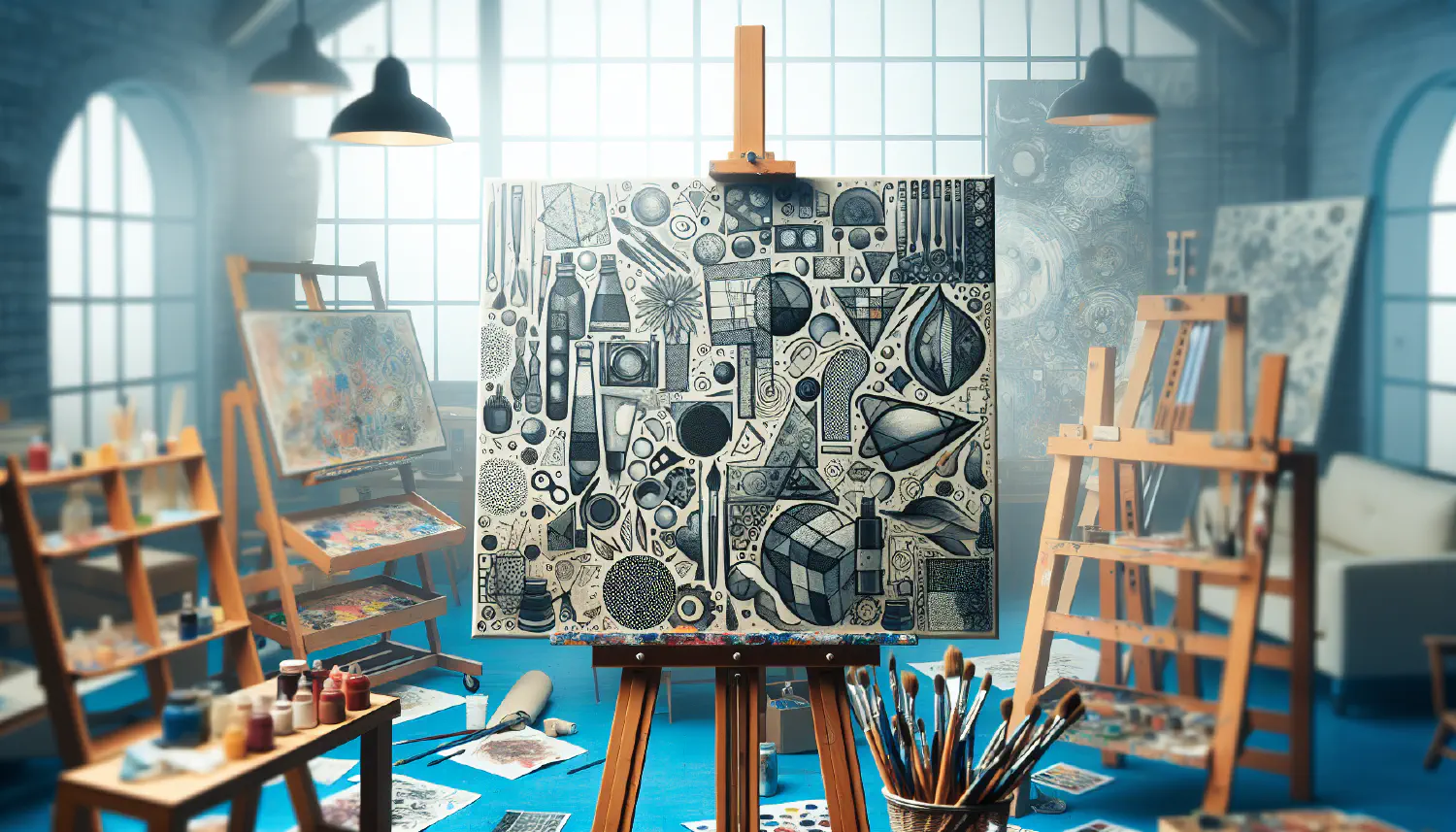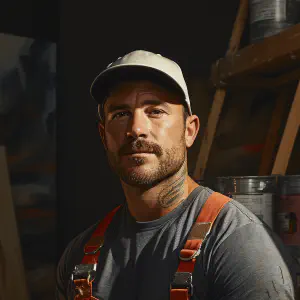What is the correct order for painting a room?
Understanding the Painting Process
When you think of transforming a space, there’s no tool quite as powerful as the stroke of a paintbrush. Scottsdale House Painters can vouch for that, as they’ve turned countless homes in Scottsdale, Arizona, from mundane to magnificent. Sharpening your knowledge on the tools and materials needed is the first step to achieving that professional finish on your own.
Knowing Your Tools and Materials
To begin your painting adventure, you must get acquainted with your brushes, rollers, and paint types. For Scottsdale, with its sun-scorched days, choosing the right paint can affect the durability of your exterior walls. Here’s a quick rundown:
- Brushes: For detailed areas around window frames.
- Rollers: To cover large wall spaces efficiently.
- Paint: Opt for weather-resistant options for the exterior.

A thorough room assessment is crucial. Consider:
- The room’s size and natural light.
- Textures on walls or ceilings.
- The existing colors versus the desired look.
Preparation: The Key to a Flawless Paint Job
We believe a job well begun is half done. In painting, preparation is where the magic starts. It’s not just about slapping on a coat of paint; it’s about setting the stage for excellence.
Clearing and Cleaning the Space
First, clear out furniture and accessories. Nothing should stand in the way of your roller’s wide sweeps. Next, clean the walls. Dust and dirt are the nemeses of smooth, even coats.
Taping and Protecting Areas
Don’t overlook the importance of painter’s tape. It’s the barrier that guards your trimmings against unwanted splashes of color. And always lay down drop cloths; they’re a painter’s best friend.
Priming: The Foundation for Paint
No masterpiece was ever created without a perfect canvas. In painting, your primer is that canvas.
Importance of a Primer
It’s simple: primer ensures a uniform surface. Not only does it help to mask stains, but it also enhances paint adhesion, making your finish last longer.
Application Tips for Primer
Apply primer with the same care as paint. Use a brush for edges and a roller for larger areas. Remember, haste makes waste; take your time for impeccable coverage.
Ceiling First: Starting from the Top
Ever hear the saying ‘start at the top and work your way down’? It holds true in painting.
Techniques for Painting Ceilings
Embrace your inner Michelangelo (minus the Sistine Chapel scale, perhaps) and tackle the ceiling first. Why? It’s simple gravity — any spatters from above are easier to touch up on unpainted walls.
Avoiding Common Ceiling Painting Mistakes
To dodge the rookie mistakes:
- Don’t overload your brush or roller.
- Keep a steady pace to avoid streaks.
- Blend edges while the paint is still wet.

Once the heavens (your ceiling) are impeccably painted, turn your attention to the walls — the canvases of your abode.
Cutting In Around Edges
Cutting in is like outlining in art class — it demands precision. A steady hand to paint the edges where walls meet ceilings, floors, and trims is non-negotiable for a pro look.
Rolling the Walls
Roll in a “W” or “M” pattern for even coverage. For the smoothest walls in all of Scottsdale, balance your pressure and keep the roller saturated but not dripping.
Trim Last: The Finishing Touch
The devil is in the details, and so is divinity. Trims are those details in painting.
Painting Window Frames and Sills
Treat your frames and sills like delicate jewelry for your home. They require intricate brushwork — think of it as adding highlights and shines.
Addressing Doors and Baseboards
Your doors and baseboards frame the work, so coat them with the same level of awe and respect. They’re often the first and last things noticed.
Cleanup and Ventilation
Painting might be messy, but your cleanup should be anything but that.
Responsible Cleanup Practices
Wrap your roller and store your paint if you’ll need them later. Recycle or properly dispose of waste, keeping Scottsdale pristine.
A good painter cleans up not just the edges, but also the environment!
Ensuring Proper Ventilation and Drying
Even when the Arizona heat is enough to bake your paint dry, good ventilation is critical. Open a window or keep a fan running — it’s about health as much as it is drying.
Final Inspection and Touch-ups
As the dust settles (and the paint dries), take a step back. It’s time to scrutinize your masterpiece.
Inspecting Work for Missed Spots and Edges
Be your most merciless critic. Check for inconsistencies, missed spots, and not-so-straight lines.

A paint job is only as strong as its weakest point. Arm yourself with your trusty small brush and correct those tiny missteps. This stroke of attention is what sets Scottsdale House Painters apart.
